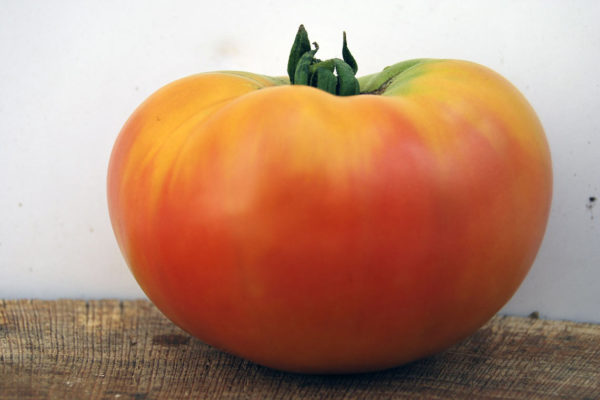
There is such a variety of tomato as "Village" - delicious tomatoes that will decorate the table not only with their appearance, but also the taste will please anyone. The vegetable has a sweet, even slightly fruity taste. Perfect for sandwiches, a wide variety of salads, you can just eat them fresh or make juice from it.
The place of origin of this vegetable began in West Virginia. Its unique name is “Hillbily”, and in our country they began to call the tomato Derevensky because of its special characteristics and description of the variety.
Content
Tomato Options
This variety ripens quite late. From the rising of the seeds, 125-140 days pass. Necessarily for tomato you need to pinch and garter, since the vegetable is tall. In height, plants reach about 1.5–2 meters. It is recommended to plant it so that 2-3 stems are formed. The trunk of the plant is strong, there are a lot of foliage on it.
Its shape resembles a steak. In the usual case, the weight of the fetus reaches 300-600 grams, but there are exceptions where the tomato fruit can reach 900 grams. The color is bright and expressive, attracts the eye. These are various shades of red, yellow and orange. The peel of the tomato is not hard, inside it is soft, tasty and there are few seeds.
These tomatoes love warmth, so gardeners advise growing them in the South, and if in the middle lane, they recommend planting tomatoes in a greenhouse. He tries not to let diseases in, is resistant to infections. From one bush you can collect 5-6 kg.
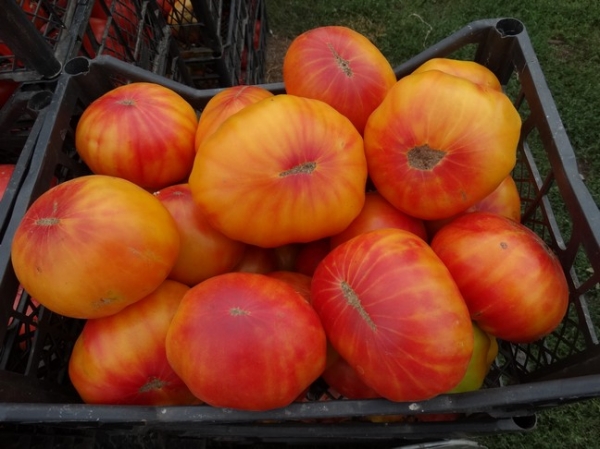
Growing and caring for a tomato
Preparing seeds for planting
Before planting a plant in the ground, it must be properly prepared. There are a couple of preparatory options: soak tomato seeds in a solution with potassium permanganate or in a special growth catalyst. If the choice fell on the first component, there is a recipe for its preparation: 1% potassium permanganate - 1 gram, 100 ml of water. In this solution, you need to keep the seeds for 20 minutes, then you need to rinse them under clean water.
Seeds that are in potassium permanganate, it is best to mix a couple of times with a stick, then rinse thoroughly with water. The next step is to dry them in a dry place until they are loose, after which you can send them for landing or plant them in a greenhouse.
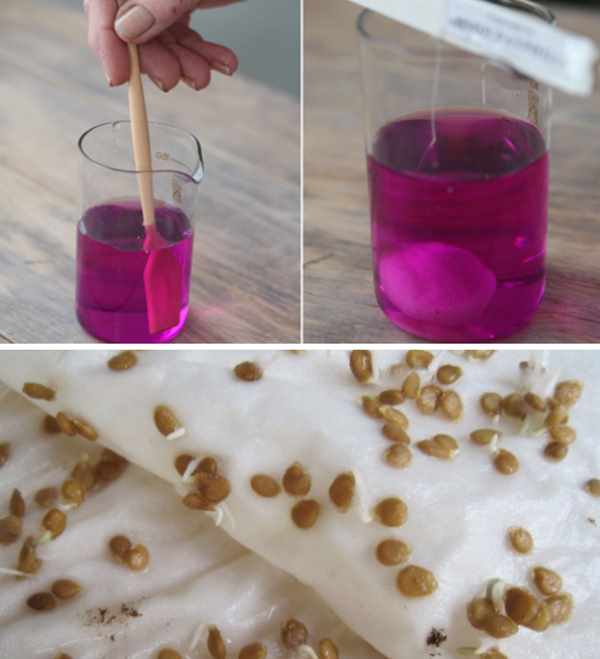
Seed planting
The required depth for landing is 1-2 centimeters. Grow at a temperature of +25 degrees in greenhouse conditions, pouring only with warm water. In the dark, the temperature should not be lower than +17 degrees.
After the seeds have been planted, top with a thin layer of soft soil about 5 mm. Be sure to sift through a sieve. This allows the land to lie evenly and the seeds will not go far underground, which usually happens if you simply fill them with earth. Applying such a simple rule, germination will be faster.
At the first watering, always use a hand sprayer, since when watering in the usual way, the seeds are displaced and washed off from the right place. This is only the first time, then already, when the earth settles, you can proceed to the usual watering from a watering can and are not afraid for the seeds.Watering should be daily, because the earth absorbs water very quickly and accordingly dries, a crust forms, and germination is difficult.
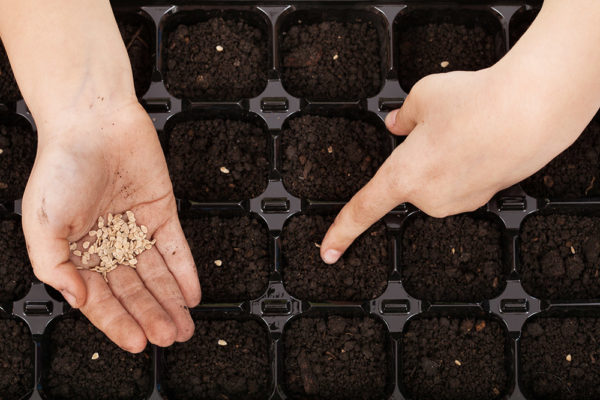
Transplanting
After the procedures, the prepared seedlings are ready for planting. You need to plant in 60-65 days. There are 3-4 plants per 1 m2 of land. with the Earth you always need to fertilize with ash or humus, well well water the wells.
After the tomato begins to sprout, for a large future crop, you need to add 3-5 cm of soil between the rows. This will prevent the plant from falling and sagging, you need to give the roots a large area for germination. Thus, the stems of the plant strengthen, become more powerful, thanks to the pouring upper layers, which perfectly absorb water. Having grown seedlings by this principle, it will take root well in the subsequent transplantation, giving a good harvest.
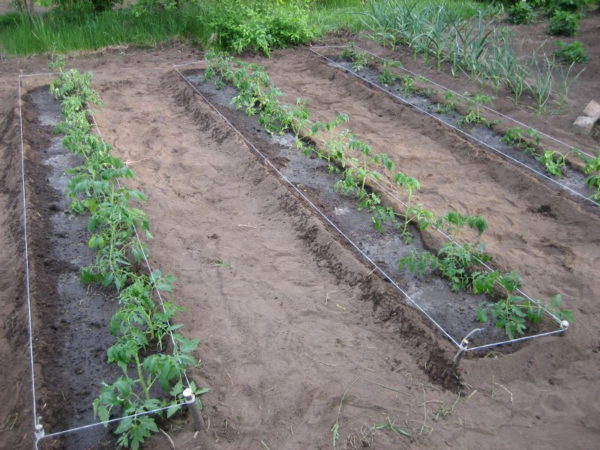
Feeding and Growth
When the plant begins to grow actively, you need to "feed" it with nitrate, somewhere around 80-100 grams per 1 m2 of land. During this period, care for the tomato is very important, because the crop depends on a good and proper cultivation. Since this tomato variety is tall, it must be tied up. If you want the fruits to be large and juicy, you need to follow and remove the extra shoots. Thus, the plant does not spend additional energy on them.
Watering, a plant that has already matured, needs 1-2 times in 7 days during the entire growth of the plant. Reduce the flow of water is only when the fruit appears on the plant. Irrigation must be done at the root.
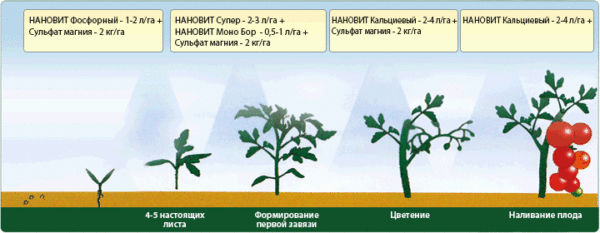
Prevention and treatment of tomato diseases
Important fact! This tomato variety very quickly gets used to various drugs for diseases, because of this, over time, they will cease to act. The best option would be, when processing tomatoes, to use different drugs. 5 days before planting, it is recommended to cultivate the earth with a systemic fungicide from a hand sprayer.
Demanded funds from gardeners:
- Fitosporin;
- Ridomil Gold;
- Quadris.
Common diseases among this variety of tomatoes are Stolbur and Phytoplasmos. Recently, these diseases are more resistant to various drugs. The carriers of tomato ailments are insects - cicadas, moths and aphids. When infected, they can persist for many years in weeds and plant remains.
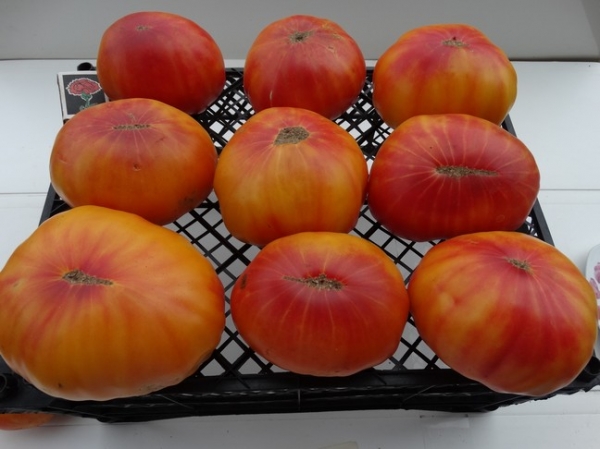
Advantages and disadvantages of the "Village" tomato
Before you grow a tomato, you need to agree on the pros and cons. Therefore, now, first of all, we will pay attention to the positive aspects.
Advantages of the "Village" variety:
- the fruits are large;
- good immunity to diseases;
- tasty and juicy pulp of tomato.
The disadvantages of tomato:
- high humidity affects the fetus badly (it cracks);
- Careful and frequent care is needed;
- not suitable for whole canning.
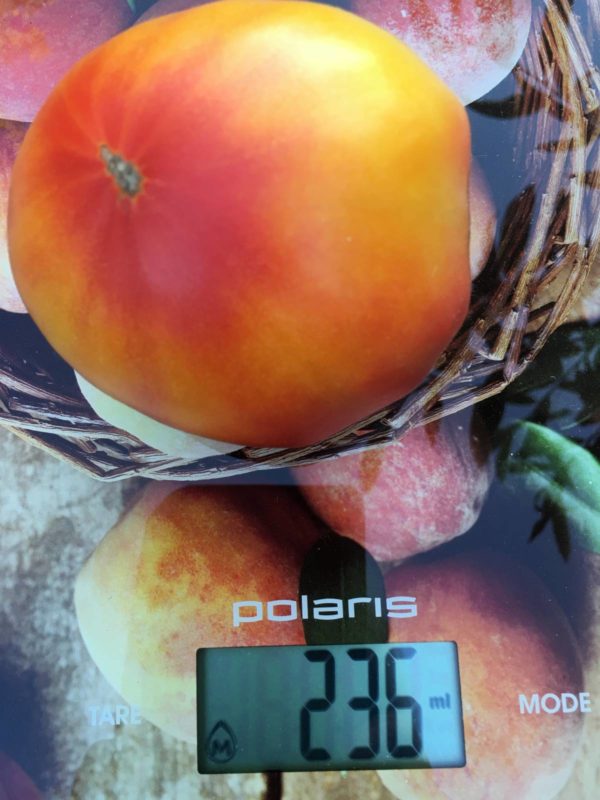
Reviews
Petr Alekseevich:
“I have a plot in a small village.In hot time (in summer) I love to delve into my garden. I like to grow various vegetable crops. This season I decided to try the Rustic tomato variety. I did not regret my choice, seedlings grew well, but after replanting the tomatoes could not take root for a long time. In height, they reached up to 1.5 meters. There was little harvest, but the fruit itself was large, it has very tasty pulp. In general, the variety is excellent, but in the future I would like to get more harvest. "
Galina Fedotovna:
“I prefer the fruits of the tomatoes to be large. Of these, it is possible to make a delicious tomato juice. Village tomatoes were good both in size and in taste. For such a tall variety, the plant brings an average yield. Raised them in greenhouse conditions, not often watered. Unfortunately, the fruits of the tomato gave small cracks. "




 Low-growing tomatoes, without pinching: 5 of the most delicious varieties
Low-growing tomatoes, without pinching: 5 of the most delicious varieties Why tomato seedlings grow poorly
Why tomato seedlings grow poorly We grow a tomato in a shell
We grow a tomato in a shell Growing tomatoes without watering according to the method of Kazarin
Growing tomatoes without watering according to the method of Kazarin